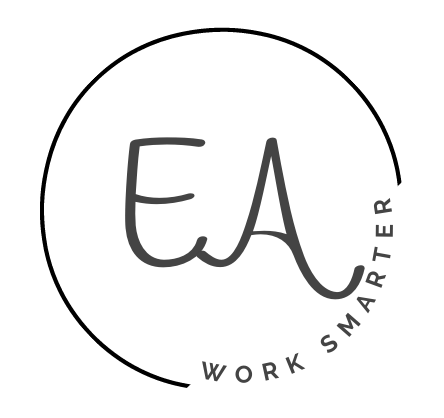Teachers face an abundance of tasks each day, leading them to seek ways to streamline their work without compromising quality.
Writing lesson plans is one area where they aim to be efficient. That’s why it’s a good idea to know how to write lesson plans quickly.
While saving time is crucial, teachers strive to maintain the excellence of their work.
Becoming skillful at writing lesson plans quickly empowers teachers to dedicate more time and energy to effective teaching, ultimately benefiting their students’ learning experiences.
This post outlines how to write lesson plans quickly.
The key is to use the K.I.S.S. model – Keep It Super Simple!
The K.I.S.S. basic lesson plan template summarizes lessons into four parts: an OBJECTIVE, a BEFORE, a DURING, and an AFTER.
Imagine putting on a show for students, with your performance divided into a few segments.
Every show has a…
- Theme (Learning OBJECTIVE)
- Hook (Lesson Introduction/Mini-Lesson) BEFORE
- Series of Events (Guided-Practice Activities) DURING
- Finale (Assessments) AFTER
Following is an explanation of each step of the process.
How to Write Lesson Plans Quickly
1. Choose Your Subject and Topic.
When preparing to write a lesson plan quickly, the first step is to decide on the subject you want to teach, such as math, reading, writing, science, or social studies.
Once you have chosen the subject, narrow down your focus by selecting a specific topic within that subject.
For instance, if you choose math, consider whether you want to teach a lesson on geometry, or if you opt for social studies, you may decide to focus on a chapter about states and capitals.
Identifying the subject and topic forms the fundamental basis for your lesson planning process.
Also, consider what your students already know about the topic. This will help you tailor your lesson to their level of understanding.
2. Define Your Objective.
Know what skill or strategy you want students to learn or achieve by the end of the lesson.
The learning objective(s) normally come from your mandated curriculum.
3. Use Abbreviations.
Knowing how to write lesson plans quickly involves streamlining the process without compromising quality.
One way to do this is by using abbreviations or shorthand in order to save time.
Abbreviations are unique to you and should include whichever symbols make things clear and easy for you to understand.
Suggestions:
- Obj= objective
- B-= before
- D= during
- A= after
- RA= read aloud
- ML= mini-lesson
- GP= guided practice
- PK= prior knowledge
- GO= graphic organizer
- T-P-S= think-pair-share
- WG= whole group
- SM= small group
- 1 to 1= teacher conferencing
- WS= worksheet
- CTR = centers
4. Outline the Lesson Structure.
Here is where you save the most time.
Divide the lesson plan into three main sections: introduction/hook, activities, and assessments.
Introduction/Hook
This is the BEFORE part of your lesson plan.
You grab students’ attention, connect to prior knowledge, and introduce the learning objective plus model any skills or strategies.
In this space on your lesson plan, write the main idea of your hook and/or introduction.
There is no need to write out the details. That information lives in your head.
Activities
This is the DURING part of the lesson plan.
It provides students with opportunities to apply the skill or strategy they just learned about during the introduction.
Plan activities that actively involve students and cater to different learning styles. Use a mix of discussions, group work, media, and hands-on activities.
On your lesson plan template, summarize these tasks. Keep the details in your head.
Assessments
An assessment is done AFTER the activities. Its purpose is to help you know how well students grasped the learning objective(s).
Choose how you will assess student knowledge.
Exit tickets, quizzes, and reader response questions are just a few ways to assess student understanding.
This section of the lesson plan also serves as the lesson closing.
Free Download: 10-Minute Lesson Plan Template
5. Review and Edit.
After completing the lesson plan, take a moment to review and edit it for clarity and coherence.
Ensure that the plan flows logically and aligns with the learning objectives.
Below is an example of what a finished lesson plan looks like using the steps outlined here.
Notice the abbreviations and shorthand used within the lesson plan structure.
- Obj. = objective
- ML = mini-lesson
- PK = prior knowledge
- GP = guided practice
- GO = graphic organizer
Final Thoughts
Knowing how to write lesson plans quickly is a skill that requires organization, clarity, and efficiency.
By focusing on the key elements, you streamline the planning process without compromising on the quality of instruction.
Using the K.I.S.S (Keep It Super Simple) method expedites the process.
In the end, you’ll optimize your teaching potential and create an impactful learning experience for students.

